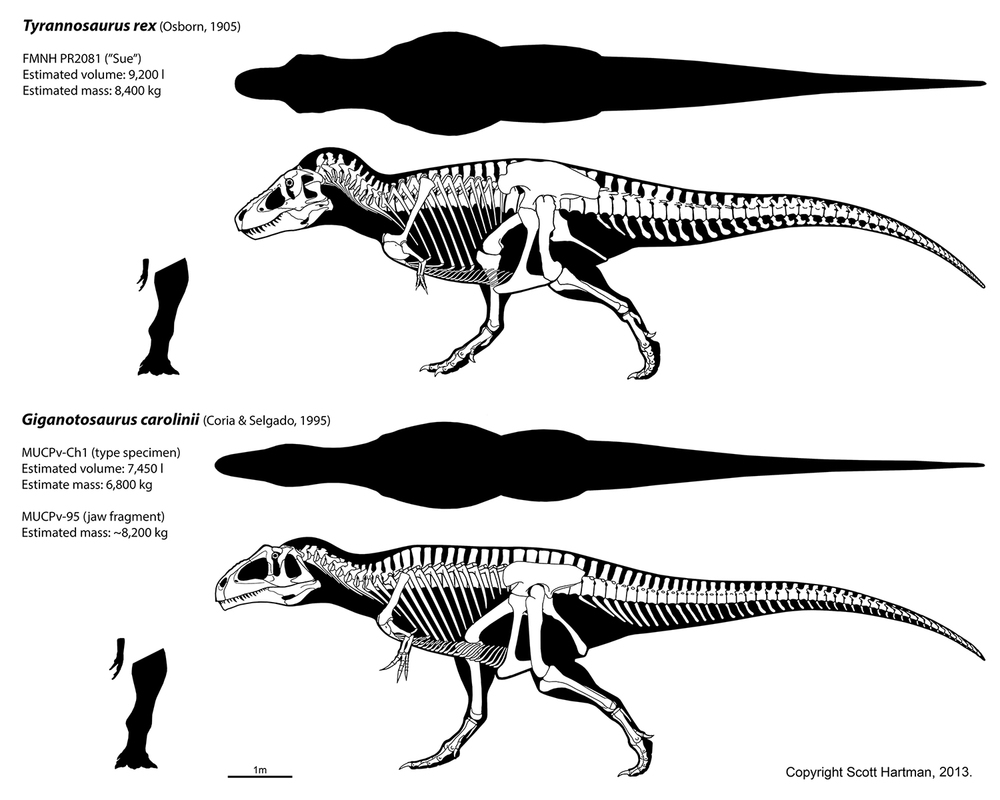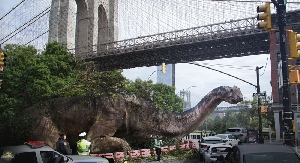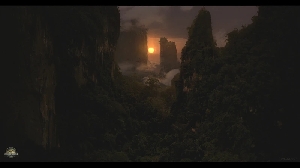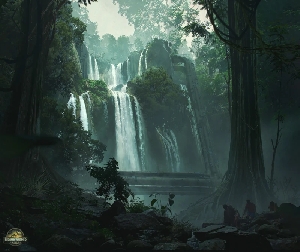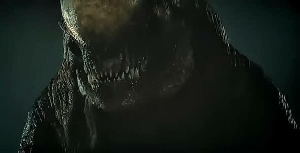Is there really a Tyrannosaur sized Abelisaur?
Dinosaurs Forum Topic
Cryolophosaurus
MemberCompsognathusJan 30, 20154937 Views6 RepliesSo I was looking through the more ancient parts of the Jurassic World forums (back when it was just the "Jurassic Park" forums) and saw an article that stated there was a newly discovered Abelisaur. And I saw that many members who are here were there back then so I have to ask, is this discovery true. And if it is, what is the name of this new Abelisaur, because wiki if beyond useless.
" It is better to be reviled than ignored, agleast then you know your spreading good in this world."
Replies to Is there really a Tyrannosaur sized Abelisaur?
Hey Guest, want to add your say?
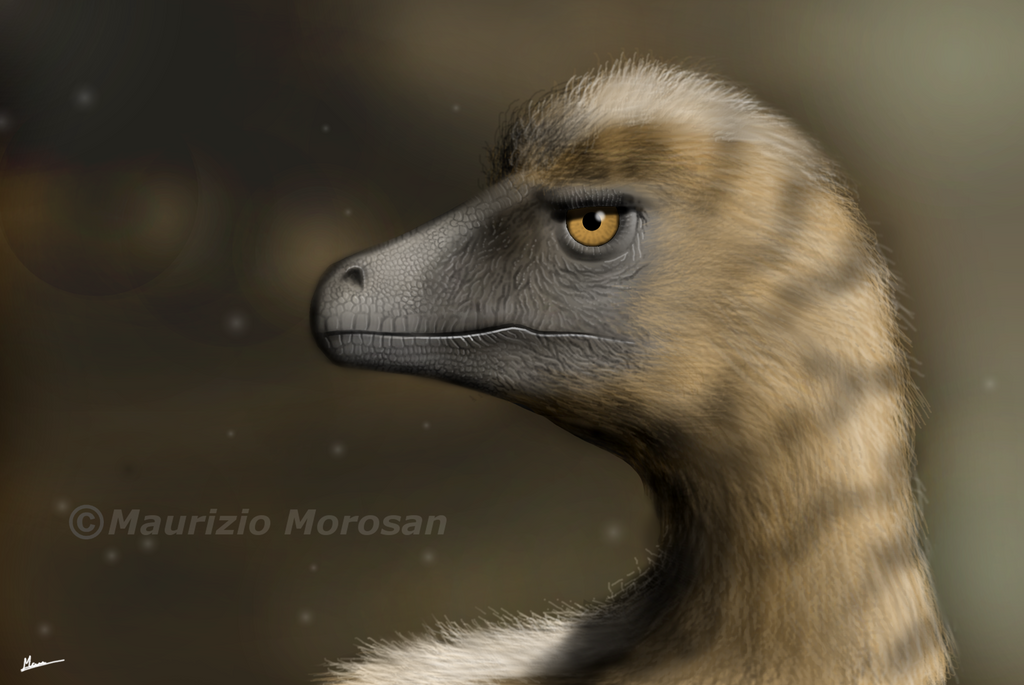
Aw, the good ol' times.
It's true, a large abelisaur was indeed discovered in Kenya, but no official name was actually revealed for it.
We actually gave it our own name, I believe we called it "Titanovenator kenyanensis"
Proud founder of the site Theropods Wiki! www.theropods.wikia.com
OMG ITS ACTUALLY REAL!
That brings up a very interesting question then, could Indominus Rex be a representation of this new Abelisaur with some Hollywood flair.
" It is better to be reviled than ignored, agleast then you know your spreading good in this world."


Cryo, yes, there was actually a T-Rex sized Abelisaur discovered in Africa (Kem-Kem beds if I'm not mistaken). We called it Titanovenator, and we haven't really heard much about it since.
Danielosaurus, Giga was similar in size to Rex. Maybe a few feet longer, but not as heavily built. There was about a 1 ton weight difference in favour of T-Rex.
Jack of all trades. Master of none

^ I recall you that, even if Giga's paratype isn't bigger than the type, there only are two or three specimens of T.rex that exceeded Giga's type size. That's a low number, especially when we consider that we have got over 40 T.rex specimens. They're the same weight, or between 5000 and 8000 kg.
A T.rex sized abelisaur would be a gigantic freak, but it may be a media exagerration. We need more informations!

this thing is very real. for all those interested, here's the citation you can look up for the paper:
A large abelisauroid theropod dinosaur from the Early Cretaceous of Libya
JB Smith, MC Lamanna, AS Askar, KA Bergig… - Journal of …, 2010 - psjournals.org
some relevant sections
DISCUSSION
PRC.NF.1.21 clearly pertains to a ceratosaurian theropod, as evidenced by its possession of a proximolaterally-distomedially oriented tibiofibular crest on the femur (Carrano and Sampson, 2008) and tibial characters such as a hypertrophied cnemial crest (Rauhut, 2005), a lateral fossa, a fibular facet, and a craniocaudally compressed shaft (Sereno et al., 2004). Within Ceratosauria, the specimen is referable to Abelisauroidea because the lateral condyle of the tibia is confluent with the cnemial crest (Fig. 4.3; see Rauhut, 2003). Among abelisauroids, PRC.NF.1.21 may be referable to Abelisauridae because the poorly differentiated lateral tibial condyle is located at the same proximodistal level as is the medial condyle (Novas et al., 2004), but we cannot conclusively refer the specimen to this more exclusive abelisauroid clade at this time. Interestingly, the proximally bifurcate fibular crest of PRC.NF.1.21 appears unique to this specimen, indicating that the Libyan form probably pertains to a previously unrecognized genus or species. Nevertheless, we refrain from erecting a new taxon to receive the specimen pending the discovery of additional fossils or more conclusive character evidence. The discovery of PRC.NF.1.21 holds significant implications for understanding the evolution and paleobiogeography of abelisauroid theropods. Along with records from the Hauterivian-Barremian of Argentine Patagonia (Ligabueino andesi [Bonaparte, 1996] and an indeterminate form [Rauhut et al., 2003]), it represents one of the oldest known definitive occurrences of Abelisauroidea, providing further evidence for the origin of the clade prior to the final separation of Africa and South America (Lamanna et al., 2002; Rauhut et al., 2003; Sereno et al., 2004; Rauhut, 2005; Sereno and Brusatte, 2008), and raising the possibility that abelisauroids originated on this conjoined landmass (we concur with Carrano and Sampson [2008:236] and Xu et al. [2009:Supplementary Information] in regarding the recently described Early Jurassic theropod Berberosaurus Allain et al., 2007 as a non-abelisauroid theropod rather than as an abelisauroid as originally proposed). Furthermore, the occurrence of PRC.NF.1.21 predates, or is approximately contemporaneous with, most major events in Gondwanan fragmentation (A. G. Smith et al., 1994; Hay et al., 1999; Scotese, 2004; Blakey, 2008; Ali and Aitchison, 2009), thus supporting the hypothesis that abelisauroids could have radiated throughout the supercontinent before it broke apart (Lamanna et al., 2002; Sereno et al., 2004). Therefore, although the observed Late Cretaceous distribution of Abelisauroidea has previously been used in this context (see Sampson et al., 1998; Sereno et al., 2004), this distribution may actually be of limited utility in evaluating competing Gondwanan paleobiogeographic hypotheses, at least until low-level relationships within the clade are more conclusively resolved. When coupled with other recent discoveries from Libya (J. B. Smith and Dalla Vecchia, 2006), Morocco (Russell, 1996; Mahler, 2005; Novas et al., 2005a, and probably Buffetaut et al., 2005), Egypt (J. B. Smith and Lamanna, 2006; Carrano and Sampson, 2008), Niger (Sereno et al., 2004; Sereno and Brusatte, 2008), and Kenya (Sertich et al., 2006), PRC.NF.1.21 provides additional evidence that, rather than being rare or absent as had previously been considered (e.g., Sampson et al., 1998), abelisauroids were taxonomically diverse, geographically widespread, and temporally long-lived on the African mainland (see Sereno et al., 2004; Novas et al., 2005a; J. B. Smith and Lamanna, 2006). Finally, the considerable dimensions of PRC.NF.1.21 (Table 1), combined with the geological age of the specimen, demonstrate that at least one abelisauroid lineage achieved very large body size by the late Early Cretaceous (early Aptian). Indeed, the estimated dimensions of the Libyan form are comparable to those of many coeval spinosaurid and carcharodontosaurid tetanurans, casting doubt on previous hypotheses (Apestegu?´a, 2002; Candeiro and Martinelli, 2005; Novas et al., 2005b) that abelisauroids were ecologically subordinate to such theropods in Gondwanan paleoenvironments during the Early and middle Cretaceous."
anyway, the source material gave a rough( rough, mind you) estimation of TBL. that was 7,800 - 9,200mm. that translates to ~25.6ft - 30ft.
according to table one of the paper, the length estimation was calculated by by multiplying complete femoral length by (1/0.11)
so big, but not Tyrannosaurus big.
Nature doesn't deceive us; it is we who deceive ourselves.
Are you an avid Jurassic World fan looking for a dedicated online community of likeminded fans? Look no further! Create your own profile today and take part in our forums and gain XP points for all the content you post!

